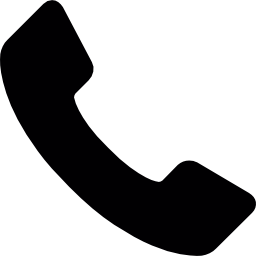Introduction
We will be covering timetables, which are used to boost production during a business’s project.
Using a timetable has the following benefits:
- Breaking down projects into smaller parts
- Giving the appointment setter reassurance by showing that they do not need to do everything at once
- Moving the appointment setter along as, when there is a deadline upcoming, they can get to work on it
Using a timetable can also help with the following:
Getting a Clear Image of The Appointment Setter’s Goals
The appointment setter can set their goals by doing the following;
- Thinking about where the business wants to be
- Going into detail about what that will look like
- Setting a date to achieve the goal by
Working out the Major Milestones Along the Way
The appointment setter can work out what is or is not a milestone in the following ways:
Is This A Deliverable or A Task?
A deliverable is something that is created as a result of work being completed during the project, which includes;
- Project plans, which outlines what needs to be done in a project and by which employee
- Expense statements, which shows how much the business is spending on the project
- Contracts, which are legal agreements between two or more people/businesses
- Project reports, which is a document detailing the production, managerial, financial, technical and economic status of the project
Deliverables come in three varieties:
- Internal, which are things that are never seen by the client but are required for the project to run, such as;
- Tax filing
- Account management
- Project management
- Configuration management
- Testing
- Training
- External, which are things that are delivered to the client, such as;
- The systems that have been put in place to reduce the amount of time it takes to complete a process
- IT systems and subsystems that are part of a project
- Planning, which includes documentation such as;
- The project scope, which is a document detailing project tasks, costs, deliverables, goals and deadlines
- The project schedule, which is a schedule used to track deadlines and tasks in a project
- The project charter, which is a short, formal document detailing the entire project, including the following:
- Project objectives and constraints
- Project risks
- Project benefits
- Main clients
- Leads and stakeholders
- Reasons for the project
- Budget
A task is a single piece of work with a deadline in a multiple step project.
Other ways the appointment setter can work out what is or is not a milestone include:
- How will it impact the business’s deadlines?
- Is this something important to keep the project moving forward?
- Does this need to be reviewed by clients, leads or stakeholders?
Potential Milestones
Potential milestones might include the following:
- Noting what is currently successful in the business
- The start and end date of projects
- Key deliveries
- Key dates that may have an impact on the business’ timeline
- Important presentations and meetings
- Client, lead and stakeholder approvals
Conclusion
We have covered timetables, which include the following subjects: getting a clear image of the appointment setter’s goals, working out the major milestones along the way and potential milestones.

